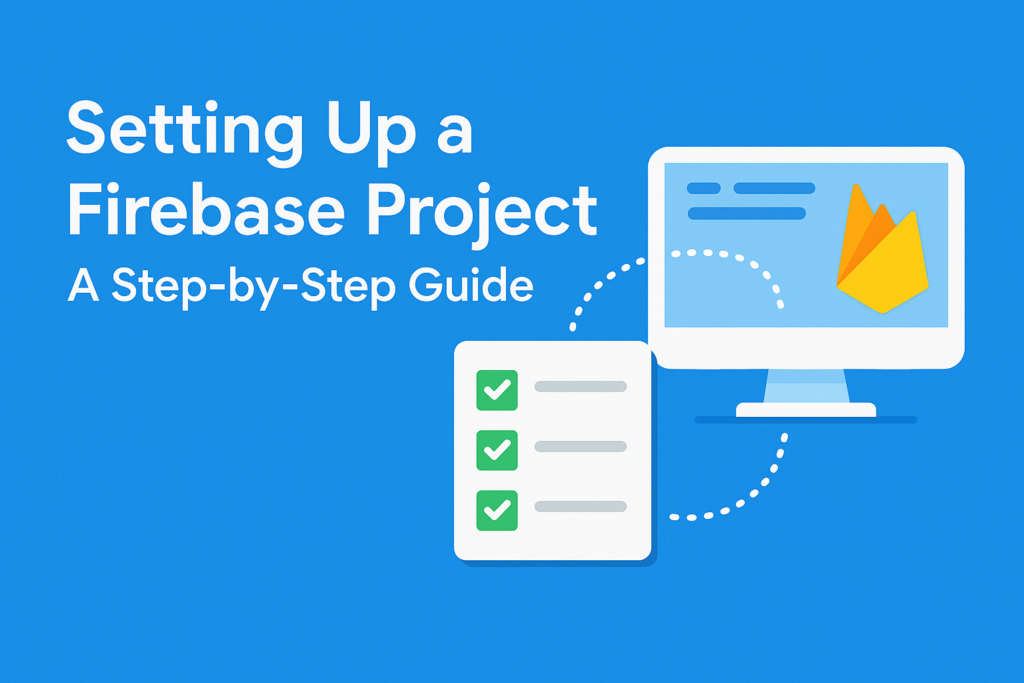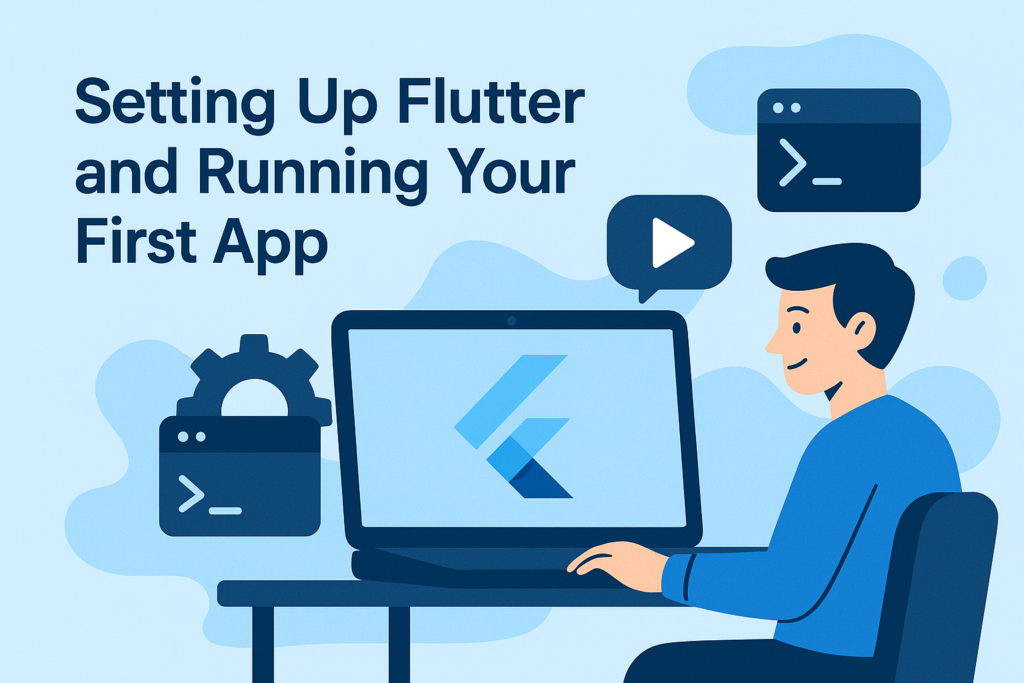
Real-time chat functionality is one of the most common and powerful features in mobile apps — from social platforms to support systems. With Flutter and Firebase, you can build a full-featured chat app with ease, backed by real-time updates, authentication, and scalable cloud storage.
In this guide, we’ll walk through building a simple but functional chat app using Flutter and Firebase.
🔧 Step 1: Set Up Firebase for Your Flutter App
Before writing any Flutter code, you’ll need to set up Firebase and connect it to your app:
- Create a Firebase project
- Add your Android and/or iOS app
- Enable Firestore and Authentication
- Download the
google-services.jsonorGoogleService-Info.plist - Follow integration steps for Firebase SDK
👉 If you need help with this, check out our detailed guide on setting up a Firebase project in Flutter.
📦 Step 2: Add Required Dependencies
Update your pubspec.yaml file with the following packages:
dependencies:
firebase_core: ^2.0.0
firebase_auth: ^4.0.0
cloud_firestore: ^4.0.0
Run:
flutter pub get
Then initialize Firebase in main.dart:
void main() async {
WidgetsFlutterBinding.ensureInitialized();
await Firebase.initializeApp();
runApp(MyApp());
}
🔐 Step 3: Set Up Authentication
Use Firebase Authentication for login. For simplicity, you can use Anonymous Auth or Email/Password:
final userCredential = await FirebaseAuth.instance.signInAnonymously();
final user = userCredential.user;
You’ll use the user’s UID to identify messages later.
🧱 Step 4: Define Firestore Chat Structure
Here’s a simple structure for storing messages in Firestore:
chats/
chatId/
messages/
messageId/
text: "Hello!"
senderId: "abc123"
timestamp: ...
Use chatId to represent one-on-one or group chats, and create subcollections for messages.
✉️ Step 5: Sending & Displaying Messages
Send a Message:
FirebaseFirestore.instance
.collection('chats')
.doc('global_chat')
.collection('messages')
.add({
'text': messageText,
'senderId': FirebaseAuth.instance.currentUser!.uid,
'timestamp': FieldValue.serverTimestamp(),
});
Display Messages:
StreamBuilder<QuerySnapshot>(
stream: FirebaseFirestore.instance
.collection('chats/global_chat/messages')
.orderBy('timestamp')
.snapshots(),
builder: (context, snapshot) {
if (!snapshot.hasData) return CircularProgressIndicator();
final messages = snapshot.data!.docs;
return ListView.builder(
itemCount: messages.length,
itemBuilder: (context, index) {
final msg = messages[index];
return ListTile(
title: Text(msg['text']),
subtitle: Text(msg['senderId']),
);
},
);
},
)
🎨 Step 6: Design the Chat UI
- Use
TextField+IconButtonfor the message composer - Align messages left or right depending on the sender
- Style message bubbles with
Container,BoxDecoration, and padding - Use
ExpandedandColumnfor layout structure
🔒 Optional Add-ons
Once you’ve got the basics working, consider adding:
- Push notifications with Firebase Messaging
- Typing indicators
- Message read/unread status
- Profile pictures and usernames
- File/image upload
✅ Final Thoughts
Using Firebase and Flutter together gives you the perfect toolkit for building real-time apps. With only a few lines of code, you can create a clean, fast, and functional chat system that syncs across devices instantly.
This tutorial is just the beginning — keep experimenting, keep scaling, and don’t forget to keep your UI fast and friendly.



